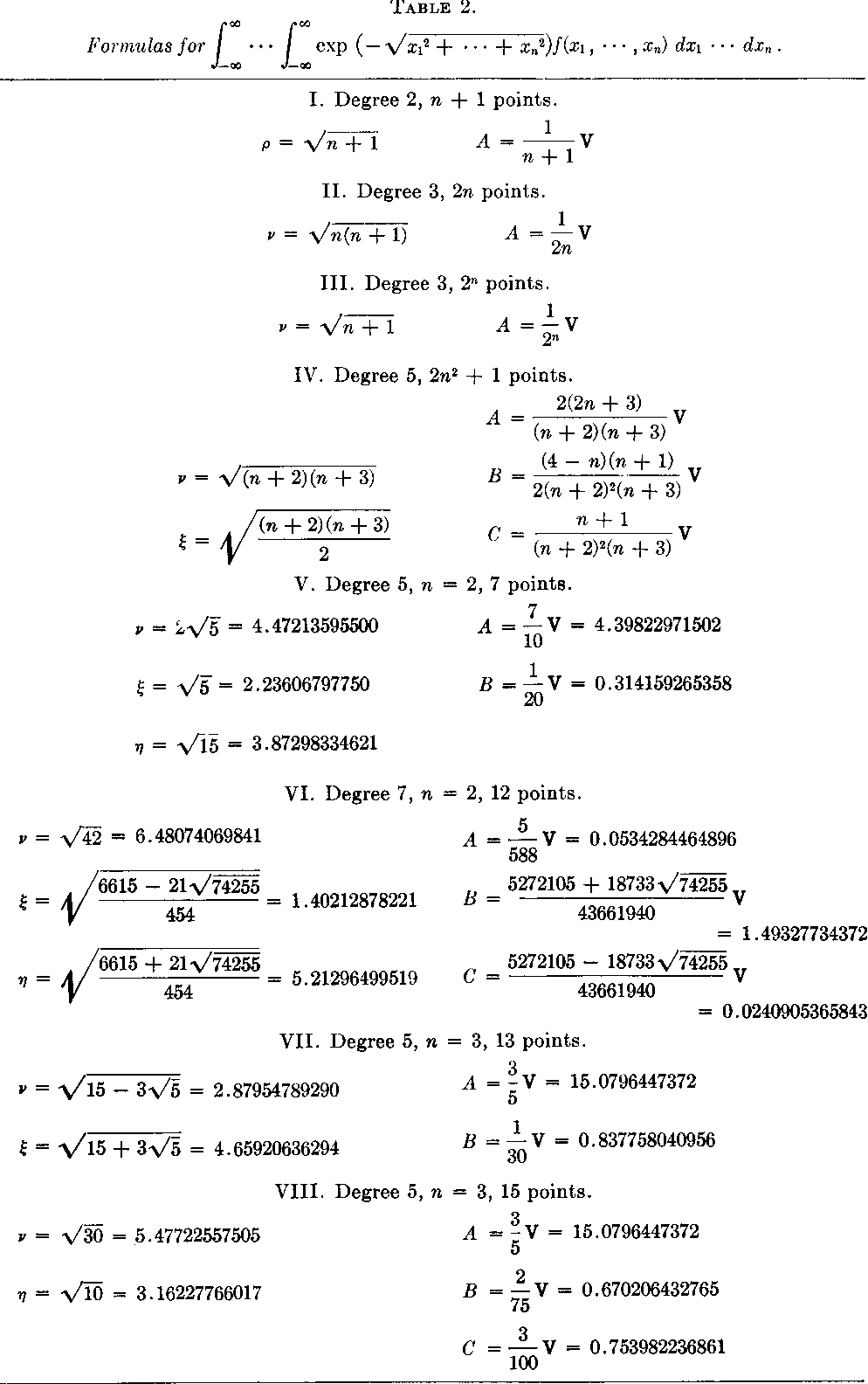
Thus for the above example, which uses three panels we would have Number of panels we intend to use in our calculation. We can write h = ( b - a ) / N, where a is the lower bound of the integral, b is the upper bound and N is the Many applications since we may have no control over the location of places In this example the points x1, x2, x3, and x4 are NOT Have different bases but they share the same height x2-x1. Then the formula represents the sum of the areas of two triangles that Think of dividing each trapezoid into two triangles using a diagonal line ( red line shown). For example in the first formula, f(x1) represents the shortīasis, f(x2) represents the long basis and the difference x2-x1 represents the The formulas above represent the "area of a trapezoid"įormula you learn in elementary geometry classes. We would like to bring your attention to the following We can then add all three areas and obtain an estimate for The areas of these trapezoids can be calculated easily using the formulasĪ1 = 0.5 * * ( x2 - x1)Ī2 = 0.5 * * ( x3 - x2)Ī1 = 0.5 * * ( x4 - x3) This area is broken down to three smallerĪreas, each of which is a trapezoid. The blue curve, which represents the curve y = f(x), boundsĪn area together with the lines x = x1, x = x4 and the x axis. You will study very well in the second course of your calculus sequence. This is an important analytical tool that The other approach utilizes the Fundamental Theorem ofĬalculus to convert the problem of area calculation to a problem of finding theĪnti derivative of the function in the integral sign, which is called integrand. To be subtracted from the sum of the positive areas. X axis) then we consider it as a "negative" area, which is supposed When the area of a shape is in the negative side of the y axis (i.e. We use more involved shapes that resemble trapezoids with one of the sidesīeing actually a curve, then we have the family of Simpson's rules. We use trapezoids, the method is called trapezoidal. Theoretical considerations but it tends to be inaccurate for actual That underestimate the area) then we talk about Riemann Sums. We use rectangles ( we can choose the ones that overestimate, or the ones This is, in fact, the approach used in numerical integration. Which is more or less independent of the particular way we choose to partition The area under the curve into a number of small regular geometric shapes,Ĭalculate the sum of the smaller areas and then try to converge to a number How do we actually perform the evaluation of the "integral"? There are two basic approaches for theįollowing the definition of the definite integral, we break In calculus we use the symbol of integration ( a large S for sum) to name the Consider for example that the picture above Of the function is this problem may be very easy or very difficult. In many engineering applications we have to calculate the area which is boundedīy the curve of the function, the x axis and the two lines x = a and x = Of a function y = f(x) and two lines parallel to the y axis.

Consider the following picture which illustrates the graph


 0 kommentar(er)
0 kommentar(er)
